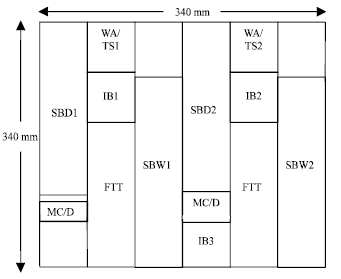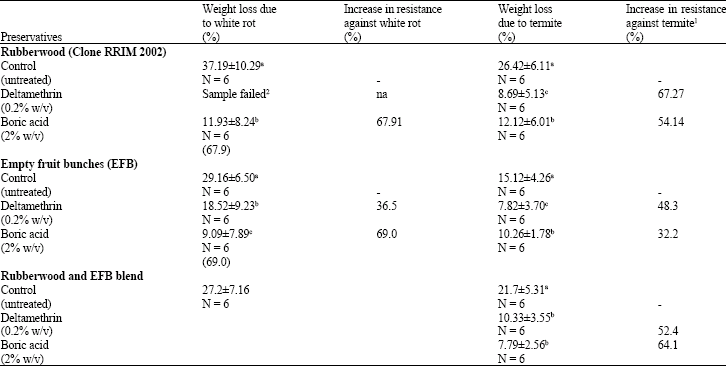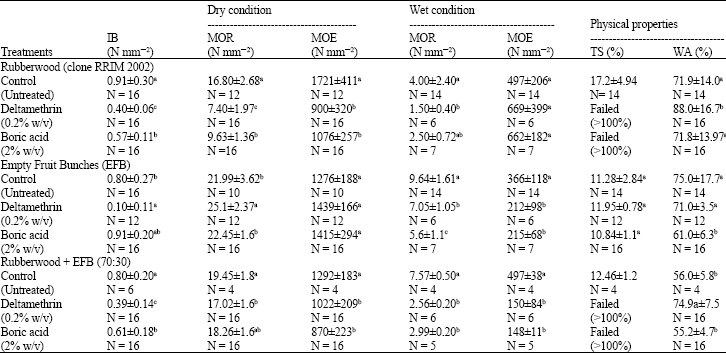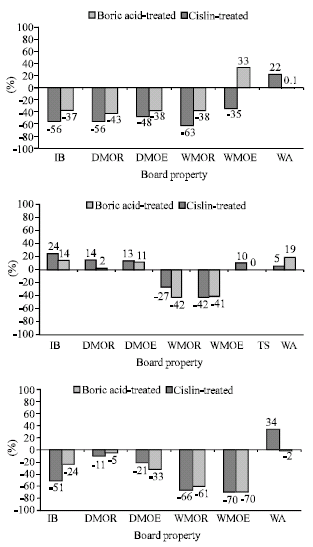Research Article
Properties of Particleboard Made from Pretreated Particles of Rubberwood, EFB and Rubberwood-EFB Blend
Faculty of Forestry, Universiti Putra Malaysia 43400, Serdang Selangor, Malaysia
A.M. Norhairul Nizam
Faculty of Forestry, Universiti Putra Malaysia 43400, Serdang Selangor, Malaysia
M.Y. Mohd Nor
Wood Chemistry Programme, Forest Research Institute, Malaysia Kepong, 52109, Selangor, Malaysia
F. Abood
Faculty of Forestry, Universiti Putra Malaysia 43400, Serdang Selangor, Malaysia
M.T. Paridah
Faculty of Forestry, Universiti Putra Malaysia 43400, Serdang Selangor, Malaysia
M.Y. Nor Yuziah
Malaysian Adhesive and Chemicals Sdn. Bhd. P.O. Box 7086 40702, Shah Alam, Malaysia
H. Jalaluddin
Faculty of Forestry, Universiti Putra Malaysia 43400, Serdang Selangor, Malaysia













